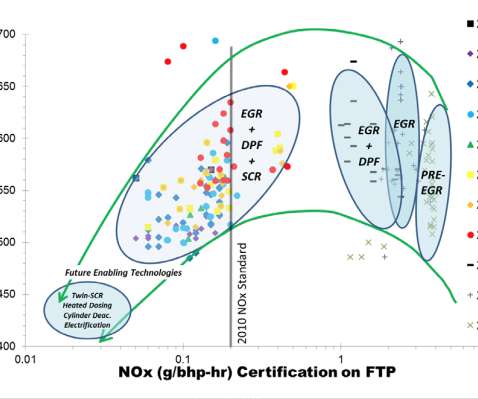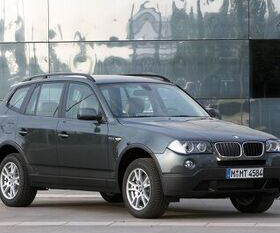DOE awards $17M to FY 2014 SBIR Phase II projects; includes Si/graphene anodes, motor windings, exhaust treatments
Green Car Congress
MARCH 31, 2014
The US DOE recently awarded $17 million to 17 FY 2014 Small Business Innovation Research (SBIR) Phase II projects to further develop Phase I projects and to produce a prototype or equivalent within two years. Selected vehicle and hydrogen technology projects are: FY 2014 SBIR Phase II vehicle projects. Lead organization. Description.






































Let's personalize your content